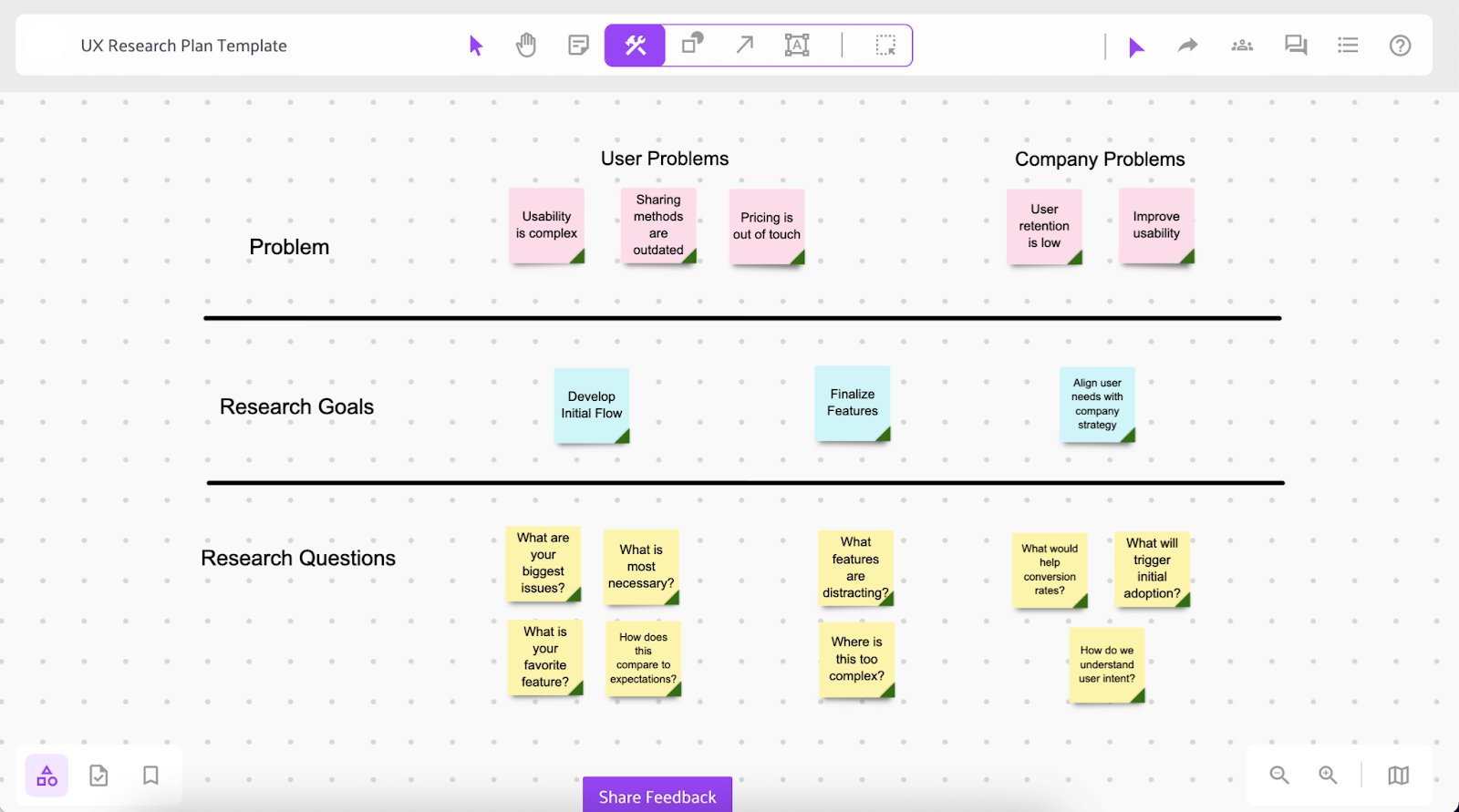Unlocking Creativity: User-Centric Design
In today’s fast-paced and ever-evolving market, companies are constantly striving to stay ahead of the competition by offering innovative products that meet the needs and desires of their customers. One of the key ways in which companies can achieve this is through user-centric design, a process that puts the needs and preferences of the end user at the forefront of product development.
User-centric design is all about unlocking creativity and thinking outside the box to create products that truly resonate with consumers. By focusing on the end user from the very beginning of the design process, companies can ensure that their products are not only functional and aesthetically pleasing, but also intuitive and easy to use.
When designing a product with the user in mind, companies are able to gain valuable insights into what features and functionalities are most important to their target audience. By conducting user research, gathering feedback, and incorporating user testing throughout the design process, companies can create products that are tailored to the specific needs and preferences of their customers.
One of the key benefits of user-centric design is that it encourages innovation and creativity. By challenging traditional design norms and exploring new ideas, companies can push the boundaries of what is possible and create products that truly stand out in the market. This innovative approach to product development not only helps companies differentiate themselves from the competition but also fosters a culture of creativity and collaboration within the organization.

Image Source: ideascale.com
In addition to fueling innovation, user-centric design also helps companies build stronger relationships with their customers. By involving users in the design process and truly listening to their feedback, companies can demonstrate that they value the opinions and input of their customers. This not only helps to build brand loyalty but also creates a sense of trust and transparency that is essential for long-term success.
User-centric design is a powerful tool for enhancing product innovation and driving business growth. By putting the needs and preferences of the end user at the center of the design process, companies can create products that are not only innovative and creative but also highly functional and user-friendly. This customer-centric approach to design not only helps companies stay ahead of the competition but also fosters a culture of creativity and collaboration that is essential for long-term success.
Fueling Innovation: Putting Users First
In today’s fast-paced and ever-changing world, the key to success for any product or service lies in innovation. Companies that fail to innovate often find themselves left behind in the market, struggling to keep up with competitors who are constantly pushing the boundaries of what is possible. One crucial aspect of successful innovation is understanding the needs and desires of the end users. By putting users first in the design process, companies can create products that not only meet their customers’ needs but also exceed their expectations.
User-centric design is a philosophy that focuses on the end user throughout the design process, from ideation to implementation. By understanding the needs, preferences, and pain points of the target audience, designers can create products that are intuitive, user-friendly, and ultimately more successful in the market. This approach not only leads to better products but also fosters a strong connection between the company and its customers, leading to increased loyalty and brand advocacy.
Fueling innovation through user-centric design requires companies to adopt a mindset that puts users at the center of every decision. This means conducting thorough research to understand the target audience, including their behaviors, preferences, and pain points. By gathering insights directly from users through surveys, interviews, and usability testing, companies can gain valuable information that can inform the design process.
Once companies have a deep understanding of their users, they can begin to ideate and prototype products that are specifically tailored to meet their needs. This iterative process allows designers to quickly gather feedback from users and make adjustments as needed, ensuring that the final product is truly user-centric. By involving users in the design process, companies can create products that resonate with their target audience and stand out in a crowded market.
One example of a company that has successfully fueled innovation through user-centric design is Apple. From the iPod to the iPhone, Apple has consistently put users first in their design process, creating products that are not only functional but also aesthetically pleasing and intuitive to use. By understanding the needs and preferences of their customers, Apple has been able to create products that have transformed entire industries and set new standards for innovation.
In today’s digital age, companies must constantly innovate to stay ahead of the competition. By putting users first in the design process, companies can create products that are not only innovative but also successful in the market. User-centric design allows companies to truly understand their customers and create products that meet their needs and exceed their expectations. By fueling innovation through user-centric design, companies can create products that resonate with their target audience and drive success in the market.
Integrating User Experience into Product Innovation